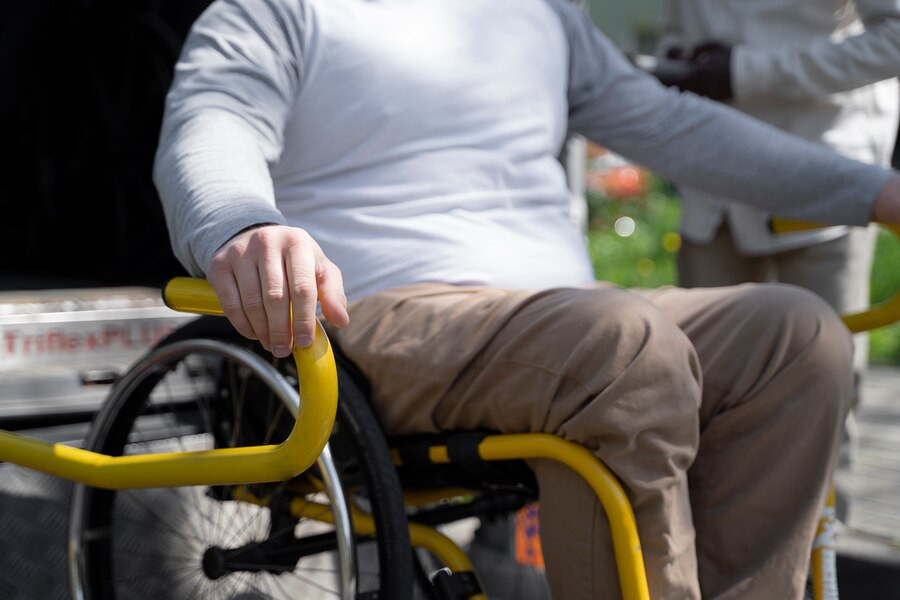Aplastic anemia is a rare but serious condition in which the body fails to produce enough new blood cells. Aplastic anemia can run in families genetically. It is also an autoimmune disease in which the immune system targets and destroys stem cells in the bone marrow.
This condition makes you more tired, prone to infections, and may cause uncontrolled bleeding. What are the symptoms of aplastic anemia, and is it curable?
Symptoms of aplastic anemia
Aplastic anemia is difficult to diagnose because the symptoms can be similar to those of other non-serious illnesses, such as colds or the flu. Symptoms include the following:
- Easily fatigued
- Shortness of breath
- Irregular heartbeat
- skin appears pale
- Prone to recurrent infections
- Bruising of unknown cause
- Frequent nosebleeds or bleeding gums
- Bleeding that is difficult to stop after a cut or other open wound
- Skin rash
- Dizziness
- Headache
- Fever
When the immune system attacks and destroys stem cells in bone marrow, the sponge-like tissue within the bones can be damaged. As a result, the bone marrow produces fewer red cells, white blood cells, and platelets. This is why people with aplastic anemia have low levels of red blood cells, white blood cells, and platelets.
Read more: Thalassemia And Anemia Are Not The same; This Is The Difference
Is it possible to cure aplastic anemia?
The severity of symptoms determines the treatment and care for aplastic anemia. In mild cases, your doctor may simply monitor your condition and recommend regular blood tests to detect progression if your symptoms worsen.
For more severe symptoms, treatment includes:
- Immunosuppressant drugs are used to inhibit the immune system and prevent it from attacking the body's stem cells
- Giving blood transfusions to replace red blood cells and platelets
- Giving antibiotics if you have recurring infections
Read more: Sickle Cell Anemia A Genetically Inherited Type Of Anemia With No Cure
The more severe symptoms of aplastic anemia are known as severe aplastic anemia (SAA). Generally, bone marrow transplantation is used to treat aplastic anemia with more severe symptoms. Please keep in mind that bone marrow transplantation is more likely to be successful in children or adults under the age of 40.
If you notice any of the symptoms listed above, contact your doctor immediately. An early check-up will certainly go a long way in helping to manage the symptoms and, in fact, increase your chances of recovery.
If you need medical advice or consultation, you can either visit a doctor or make use of the consultation features that are available in the Ai Care application by downloading the Ai Care application from the App Store or Play Store.
Looking for more information about other diseases? Click here!
- Sean Edbert Lim, MBBS
National Heart, Lung, and Blood Institute (2022). Aplastic Anemia. Available from: https://www.nhlbi.nih.gov/health/anemia/aplastic-anemia
Cleveland Clinic (2023). Aplastic Anemia. Available from: https://my.clevelandclinic.org/health/diseases/16747-aplastic-anemia
Mayo Clinic (2022). Aplastic anemia. Available from: https://www.mayoclinic.org/diseases-conditions/aplastic-anemia/symptoms-causes/syc-20355015
George E. Georges, et al. (2018). Severe aplastic anemia: allogeneic bone marrow transplantation as first-line treatment. Available from: https://www.ncbi.nlm.nih.gov/pmc/articles/PMC6093726/











